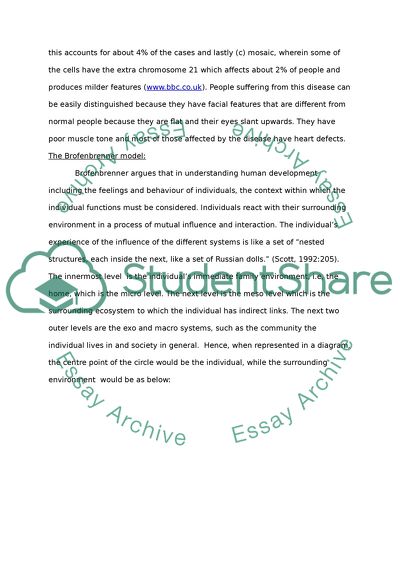Cite this document
(“Special Education for Teenagers with Downs Syndrome Essay - 7”, n.d.)
Special Education for Teenagers with Downs Syndrome Essay - 7. Retrieved from https://studentshare.org/health-sciences-medicine/1567186-case-study
Special Education for Teenagers with Downs Syndrome Essay - 7. Retrieved from https://studentshare.org/health-sciences-medicine/1567186-case-study
(Special Education for Teenagers With Downs Syndrome Essay - 7)
Special Education for Teenagers With Downs Syndrome Essay - 7. https://studentshare.org/health-sciences-medicine/1567186-case-study.
Special Education for Teenagers With Downs Syndrome Essay - 7. https://studentshare.org/health-sciences-medicine/1567186-case-study.
“Special Education for Teenagers With Downs Syndrome Essay - 7”, n.d. https://studentshare.org/health-sciences-medicine/1567186-case-study.


